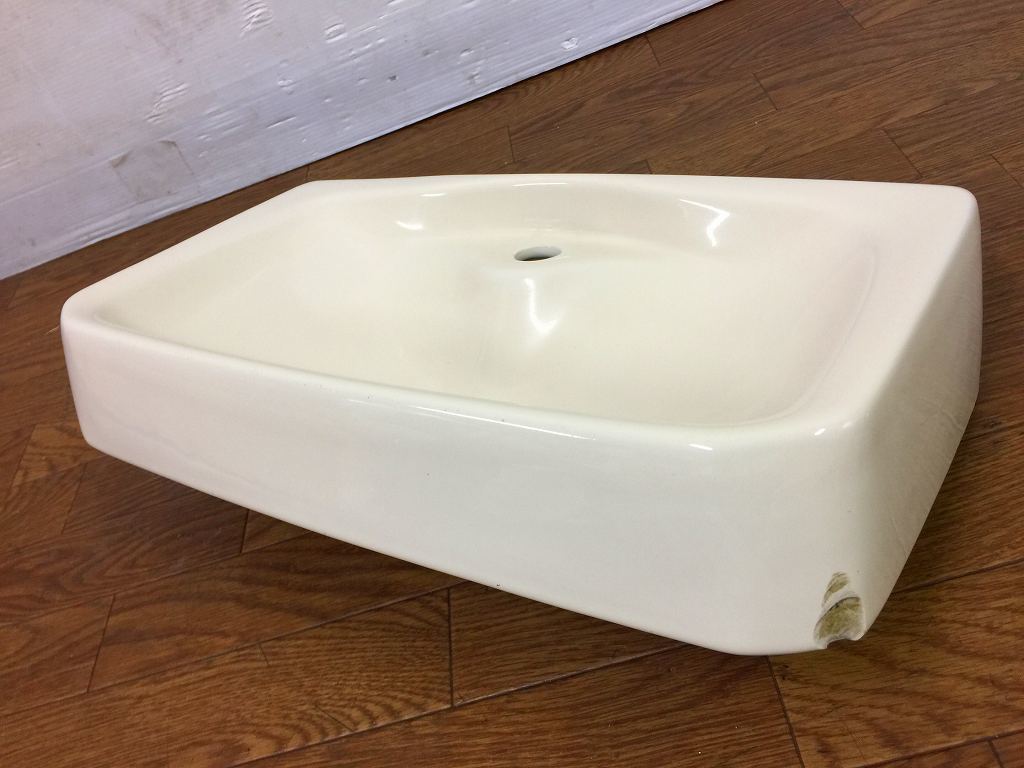
新入荷再入荷
フリードプラスのユーティリティボードを使ったテーブル
 タイムセール
タイムセール
終了まで
00
00
00
999円以上お買上げで送料無料(※)
999円以上お買上げで代引き手数料無料
999円以上お買上げで代引き手数料無料
通販と店舗では販売価格や税表示が異なる場合がございます。また店頭ではすでに品切れの場合もございます。予めご了承ください。
商品詳細情報
| 管理番号 | 新品 :82394694 | 発売日 | 2024/12/10 | 定価 | 10,000円 | 型番 | 82394694 | ||
|---|---|---|---|---|---|---|---|---|---|
| カテゴリ | |||||||||
フリードプラスのユーティリティボードを使ったテーブル
お値下げしました。ご検討お願いします。フリードプラスの現行型のユーティリティボードを自作でテーブルに利用できるようにしました純正品のユーティリティボードをスライドして普段は収納して置いてちょっと外でコーヒーでもって飲む時にいちいちテーブルを出すのが面倒なのでスライドしてテーブルになります♪スライド量はユーティリティボードの半分くらいまで出せるのでお湯を沸かしたり、お弁当を食べたりする時に便利だと思います個人的には使ってみて準備、撤収が楽で外でのランチが楽しくなりましたセンターをずらしているので車の後ろから見て左寄りか180度回せば右寄りにも出来ます材料はランバー材24ミリを使っています、ユーティリティボードと同じ厚さです、注意ーユーティリティボードは付きません、ご自身の物を利用して下さい 写真に写っているバーナーやカップは演出の為に写っています 付属品では有りませんもっと安く出せればと思うのでですが、送料とメルカリさんの手数料が合計で2500〜3000円掛かりそうなのでこの価格にしています。素人がDIYで作ったので完璧を望む方や神経質な方は購入しないでください。

































